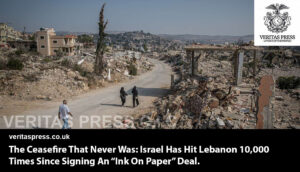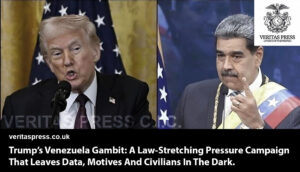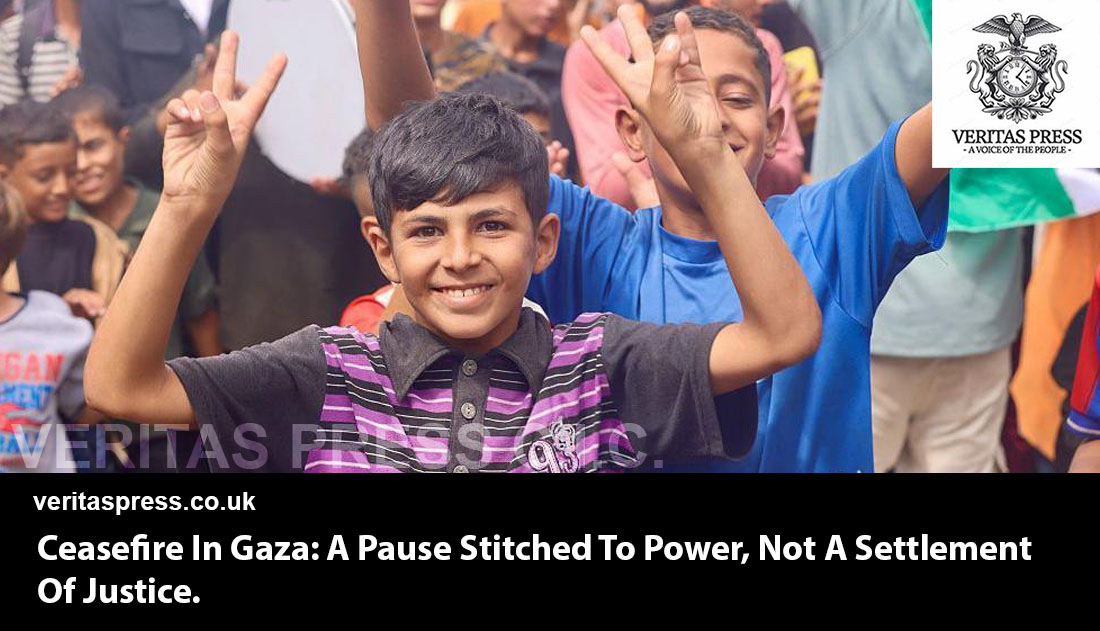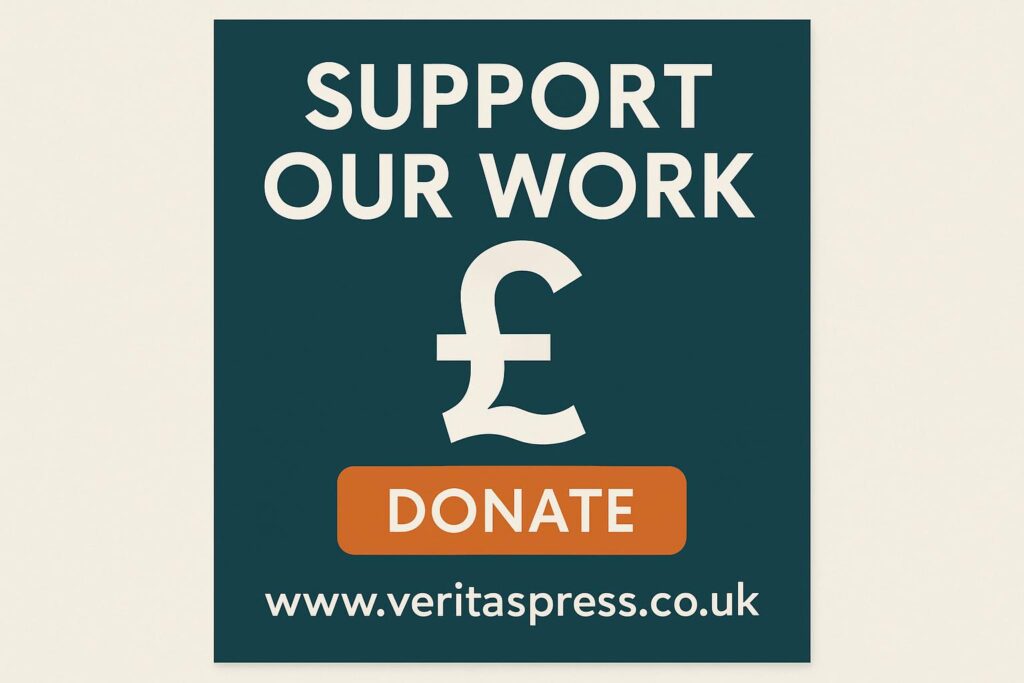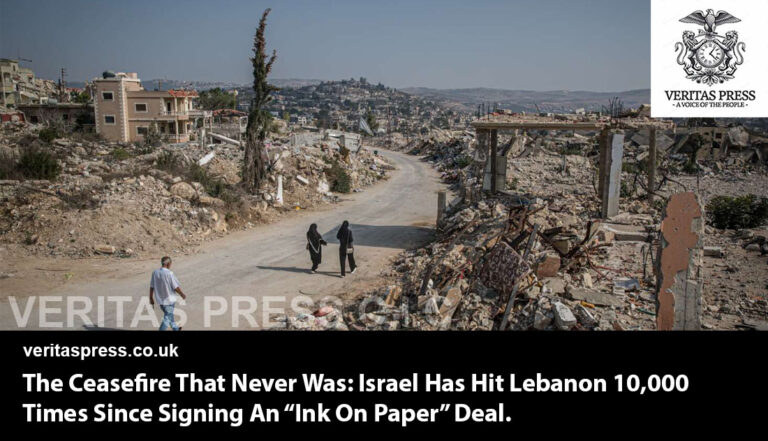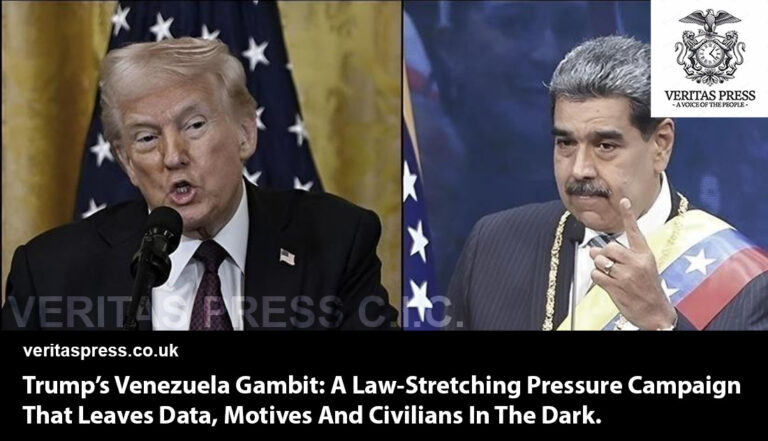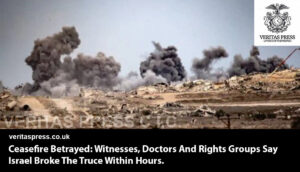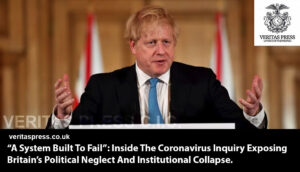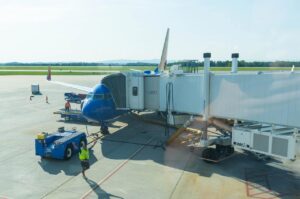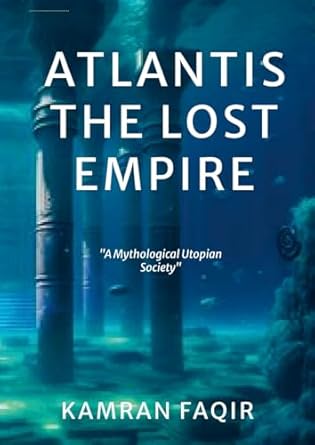The ceasefire that formally took effect at 12:00 noon local time (09:00 GMT) on 10 October 2025 may have quieted the guns for now, but an immediate, hard-edged reading shows the deal’s first phase is a tactical recalibration, not a remedy for two years of systematic devastation, blockade and impunity. Below, I push beyond the press releases to examine who benefits, what remains unresolved, and the practical and legal dangers that the ceasefire’s architecture leaves in place.
What Happened On The Ground, And Why It Matters:
Israel says its forces “took up positions on the new operational deployment lines” at noon and began a phased withdrawal to the Yellow Line under the U.S.-brokered plan. U.S. CENTCOM verified the first-phase withdrawal, and U.S. envoy Steve Witkoff announced the 72-hour clock for hostage releases had begun.
But the pullback was immediately followed by scenes that demand scrutiny: as forces moved back, videos and reporting showed entire residential districts in Gaza City, Sheikh Radwan, Al-Nasr and surrounding areas, flattened or rendered structurally impossible to inhabit. Activists and journalists captured streets turned to rubble and homes effectively erased. The withdrawal thus exposed the consequences of the campaign: not orderly handovers, but cities left in ruins.
An eyewitness told Reuters, “There are no homes, they’ve been destroyed. But we are happy just to return to where our homes were, even over the rubble.” That language, relief mixed with rubble, sums up the moral paradox of this moment.
Why This Is Not Simply A Military Redeployment:
The timing and conduct of the withdrawal raise three urgent concerns:
- Demolition before withdrawal: reporting suggests intense demolition and bombardment occurred in zones immediately before the Israeli pullback, leaving vacated areas littered with unexploded ordnance, collapsed buildings, and infrastructure destroyed beyond immediate repair. Civilians returning risk injury, collapse of services, and the discovery of mass graves or unremoved bodies.
- Control without physical presence: the Israeli plan shifts troops to deployment lines but leaves Israel with surveillance, border control, and the capacity to strike. In practice, that preserves control over movement, imports and exports, and the external borders of Gaza; in short, many of the levers of occupation remain. Humanitarian flow and sovereignty are therefore conditional.
- Safety of returnees: Gaza Civil Defence explicitly warned people to avoid areas vacated by Israeli forces until authorities can verify they are safe, because of ordnance, structural hazards, and other security risks. This is not a minor technicality; it means the “return home” many celebrate could quickly become deadly.
Hostage-Prisoner Swap & The Politics Of Lists:
The deal ties hostage release to Israel’s release of 250 prisoners serving life sentences + ~1,700 detainees arrested since Oct 7, 2023. Israel published the 250-name list; notable leaders demanded by Hamas (e.g., Marwan Barghouti) do not appear. The Justice Ministry said the list is public to allow petitions, but the courts generally reject such petitions; political theatre is baked into the release process.
This exchange has three fault lines:
- Moral calculus: hostage releases are urgent and vital, but the bargain, freedom for some and continued incarceration or exile for others, will be portrayed by both sides as partial victories and may harden positions long term.
- Public security narratives: Israeli authorities emphasise the need to free captives; critics say the swap risks valorising mass abduction as leverage and sidesteps establishing accountability for alleged crimes committed during the campaign.
- Legal implications: releasing convicted killers without broader accountability measures, investigations, and prosecutions for alleged war crimes will compound perceptions of selective justice. Human rights groups warn that a ceasefire without accountability is a thin remedy.
Humanitarian Delivery: Promises Vs. Infrastructural Reality.
The agreement allows up to 600 aid trucks per day, reopens Salah al-Din and Al-Rashid corridors, and contemplates reopening the Rafah crossing to permit return and exit under a mechanism coordinated with Egypt and EU oversight. In theory, this is a significant scale-up.
But on the ground, the problems are structural and political:
- Physical infrastructure (roads, bridges, warehouses, fuel networks, hospitals) has been destroyed. Trucks need secure staging, functioning crossings, storage and distribution chains; damage to any node will choke the pipeline. Journalists on the ground show roads collapsing under rubble; hospitals without power cannot distribute supplies even if they arrive.
- Security and bureaucratic filters: past months have seen aid delayed for “security checks,” and the new arrangements suggest strict inspection regimes (EU mission oversight). That may reduce diversion but also slow aid and place final authority over movement in actors aligned with the occupying power. Humanitarian officials and the UN stress that thousands of tons of supplies are sitting in neighbouring countries waiting for clearance.
ICRC’s Mirjana Spoljaric urged the parties to hold to commitments and flagged the need for safe, dignified release operations and immediate scaled humanitarian access. That call is urgent: without it, the promised trucks will not equate to food on the table.
Rights Groups: Ceasefire Without Accountability Is Insufficient.
Human Rights Watch and Amnesty International immediately pointed out that a ceasefire cannot substitute for justice. HRW said the first-phase deal “does not address human rights issues or accountability for serious crimes,” and Amnesty demanded the ceasefire be a pathway to ending what it calls occupation and systemic crimes, not a pause that leaves impunity intact. These are not abstract legal pedantries; they are essential to preventing recurrence.
A stronger investigation must therefore ask: who will investigate alleged crimes committed during the two-year campaign? Who will ensure evidence is preserved rather than bulldozed? If the vacated sites are razed (or left to rot), forensic investigation becomes harder; when accountability is time-sensitive, the rush to “normalise” a pause can become an amnesty by default.
International Guarantors Leverage Or Performative Oversight?
The deal’s political backbone is multinational: the U.S. spearheaded the plan, with roles for Egypt, Qatar, Turkey, the EU and others. The U.S. is also sending troops to Israel to help monitor the mechanism (not to Gaza). That multilateral shell can provide leverage, but it can also be performative:
- If the U.S. and partners insist on unfettered aid, independent investigations, and a timeline for reconstruction and governance, the deal might deliver meaningful relief.
- If they prioritise immediate stability (hostage returns and limited troop withdrawals) while leaving accountability and governance unresolved, the deal risks institutionalising a frozen occupation with periodic violence.
The presence of EU monitors at Rafah and third-party guarantors could be meaningful, but only if their mandate is robust, transparent and independent. The deal’s wording about “mechanisms” leaves room for interpretation and backroom bargaining.
Voices From Gaza, Hope Battered By Reality:
First-hand testimony shows the emotional, human side of the deal, and why even cautious joy matters, but those human voices also emphasise precarity and distrust.
- “It’s the happiest day of our lives… the war has ended,” a returnee told Al Jazeera, echoing the relief across camps and collection points. Yet the same interview is punctuated by references to destroyed homes and missing relatives.
- An Al Jazeera/Reuters eyewitness described returning families stepping over wreckage and unexploded ordnance; Gaza’s Civil Defence warned people not to enter vacated areas until they are cleared. That combination, celebration and danger, should unsettle any declarative peace narrative.
Activists and local NGOs on the ground warn of long-term displacement, psychosocial trauma, and the collapse of public health systems. Their accounts describe not only physical rubble but ruptured social networks that aid deliveries alone cannot rebuild. Humanitarian clusters report that aid delivery at scale will require clearing checkpoints, restoring fuel supplies, and re-opening banking and communications.
Nine Investigative Red Flags, Immediate Priorities For Reporters & Monitors:
- Forensic access: Are independent investigators (ICRC, UN forensic teams, international prosecutors) being allowed into recently vacated areas before evidence is removed or destroyed? (Risk: loss of key evidence.)
- Chain of custody for remains: The ICRC has offered to help return remains; what exact chain of custody is in place? Who documents and preserves evidence of possible extrajudicial killings?
- Aid pipeline integrity: Who will guarantee the promised 600 trucks/day reach intended recipients and not be filtered or diverted? What monitoring, GPS tracking and third-party oversight will be used?
- Rafah mechanism: Exact criteria for returns/exits via Rafah, vetting processes, EU role, and safeguards for evacuees must be transparent. Ambiguity converts return into deportation risk.
- Prisoner releases & justice: Will prisoner releases be accompanied by truth-seeking or amnesty deals? Which crimes are being politically negotiated away?
- Reconstruction finance & governance: Who pays? Who governs Gaza during rebuilding? Any donor pact must be coupled to democratic, accountable administration; otherwise, reconstruction may cement external control.
- Settlement and occupation links: Will the deal address occupation and settlement policy, the structural causes of repeated escalations, or will it treat Gaza as an isolated emergency?
- Civilian protection: Detailed, public protocols for clearing ordnance, reopening hospitals and restoring water/electricity must be tracked daily.
- Donor conditionality and leverage: Will international aid be conditioned on accountability benchmarks or simply poured in without oversight? The former can push reform; the latter may buy silence.
Conclusion: A Ceasefire Built On Ruins, Not Justice.
The so-called ceasefire of October 2025 has stopped the shelling, but not the system that made Gaza unlivable. Beneath the rhetoric of “peace” and “reconstruction,” what emerges is a managed containment, a pause stitched together by the same powers that enabled the destruction. The ceasefire’s architecture, drafted under U.S. patronage and enforced through Israeli control of crossings, borders, and aid flows, preserves the underlying structure of occupation while disguising it as humanitarian relief.
For Palestinians emerging from the rubble, this is not liberation; it is survival under supervision. As one displaced resident told Al Jazeera, “They say we can go home, but our homes no longer exist.” Humanitarian workers echo that despair: roads are cratered, hospitals pulverised, schools turned into mass graves. UN agencies warn that “the scale of devastation in Gaza defies comprehension,” while Amnesty International calls the ceasefire “a pause without justice.”
Israeli forces may have shifted positions, but power has not. The new deployment lines and “monitoring mechanisms” merely redraw the map of control. Israeli drones still patrol the skies; Israeli intelligence still dictates who enters and who eats. As one senior humanitarian official told Reuters, “It is a ceasefire managed through a siege.”
This is a moment of fragile hope, hostages may be freed, some fighting has paused, and trucks may flow. But if the international community, rights organisations, journalists, and forensic teams do not insist on simultaneous transparency, immediate access, and accountability, the ceasefire risks becoming a technical lull that cements the status quo: Israel retains decisive control; Gaza remains occupied, traumatised, and dependent; alleged war crimes go uninvestigated.
Meanwhile, the illusion of “reconstruction” promoted by the Israeli government and its allied investors is emerging as a rhetorical ploy rather than a humanitarian plan. What Israeli officials tout as a “new Gaza Riviera,” a proposed coastal redevelopment zone backed by Israeli billionaires and international capital, promises profit, not justice. This blueprint envisions luxury resorts and controlled industrial corridors under Israeli military protection, while returning Palestinians are confined to inhospitable, overcrowded enclaves and temporary shelters far from the sea. As one Palestinian urban planner told Middle East Eye, “They call it reconstruction; we call it recolonisation.”
In essence, the deal is less about rebuilding homes than about redesigning control. It is an attempt to monetise the ruins, turning Gaza into a fenced investment zone rather than a living homeland. As a Gaza-based civil engineer told The Guardian, “We will rebuild what they allow us to rebuild, until they destroy it again.”
The headline should not be that the guns fell silent at noon on 10 October 2025. The headline must be that a fragile deal opened a narrow window, and the next 72 hours and following weeks will show whether that window becomes a corridor to rescue, truth, and reconstruction, or simply a pause before the next round.
What this truce achieves, then, is not an end to war but a recalibration of control. It buys time for political convenience, not accountability. The reconstruction mechanisms announced with fanfare are already entangled in donor politics, surveillance oversight, and Israeli vetting, making Gaza’s recovery contingent on the goodwill of the same forces that dismantled it.
If justice is deferred once more, this ceasefire will not mark the end of a war but the institutionalisation of its aftermath, a system where ruins are managed, not rebuilt; where trauma is normalised; where the illusion of reconstruction is weaponised; and where international silence becomes complicity. Unless the global community demands full access for investigators, the lifting of the blockade, and prosecution of those responsible for war crimes, this truce will join the long archive of diplomatic betrayals that mistake quiet for peace.
As one Palestinian journalist put it, standing amid the shattered remains of Gaza City:
“The bombs stopped falling, but the war did not end. It just changed shape.”
Advertisements
Tags:


